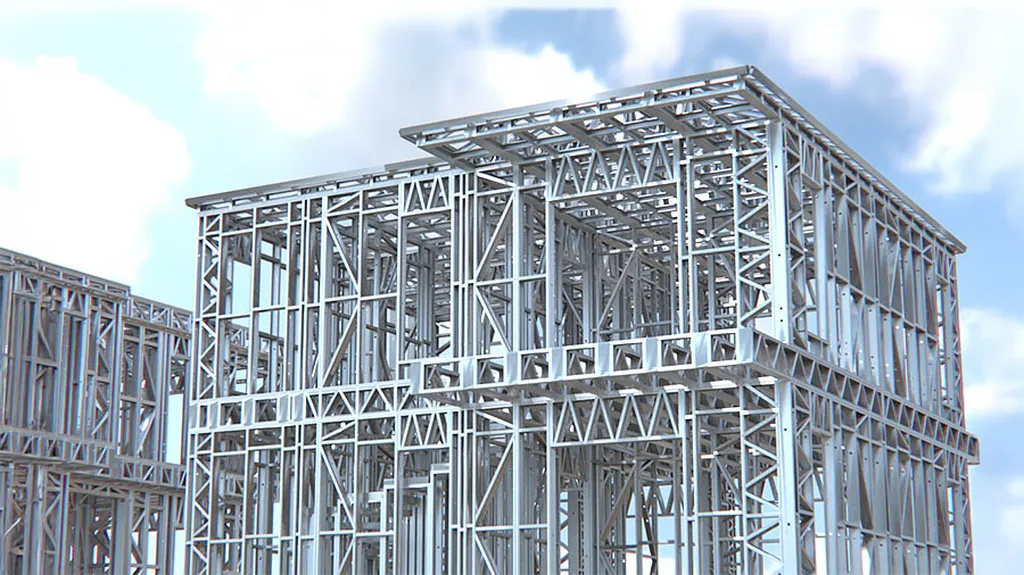In the realm of structural engineering, a recent study has shed new light on how steel frames behave under extreme conditions, offering insights that could significantly impact the design and safety of buildings, particularly in the energy sector. The research, led by Anatoly Alekseytsev from the National Research Moscow State University of Civil Engineering, explores the resistance of steel frames to progressive collapse, a critical concern for ensuring the mechanical safety of structures under emergency conditions.
The study, published in the International Journal for Computational Civil and Structural Engineering (Международный журнал по вычислительной гражданской и строительной инженерии), focuses on the behavior of steel frames when subjected to sudden, severe impacts, such as the rapid removal of a central frame. This scenario is particularly relevant for high-risk industries, including the energy sector, where the integrity of structures under extreme conditions is paramount.
Alekseytsev and his team conducted experimental tests and numerical simulations to understand how different types of joints—hinged and rigid—influence the frame’s resistance to progressive collapse. They introduced safety elements, such as tie-rods, to redistribute additional loads from dynamic impacts. The results revealed that frames with hinged joints, while having lower load-bearing capacity at the node connections compared to rigid joints, exhibit a more predictable failure mechanism and a shorter duration of the transient dynamic process.
“This research highlights the importance of understanding the behavior of steel frames under extreme conditions,” Alekseytsev noted. “By incorporating safety elements like tie-rods, we can significantly enhance the robustness of structures, ensuring they remain stable even under emergency actions.”
The findings have profound implications for the energy sector, where the structural integrity of buildings and infrastructure is crucial. As the industry continues to invest in large-scale projects, the ability to design structures that can withstand extreme impacts becomes increasingly important. The study’s insights could lead to the development of more resilient designs, reducing the risk of catastrophic failures and ensuring the safety of personnel and equipment.
Moreover, the research underscores the need for further exploration into the dynamics of steel frames and the role of different joint types in enhancing structural stability. As Alekseytsev suggests, “Future developments in this field should focus on optimizing the design of safety elements and understanding their impact on the overall stability of structures.”
In conclusion, this study not only advances our understanding of steel frame behavior under extreme conditions but also paves the way for innovative solutions that can enhance the safety and robustness of structures in the energy sector and beyond. As the industry continues to evolve, the insights gained from this research will be invaluable in shaping the future of structural engineering.

